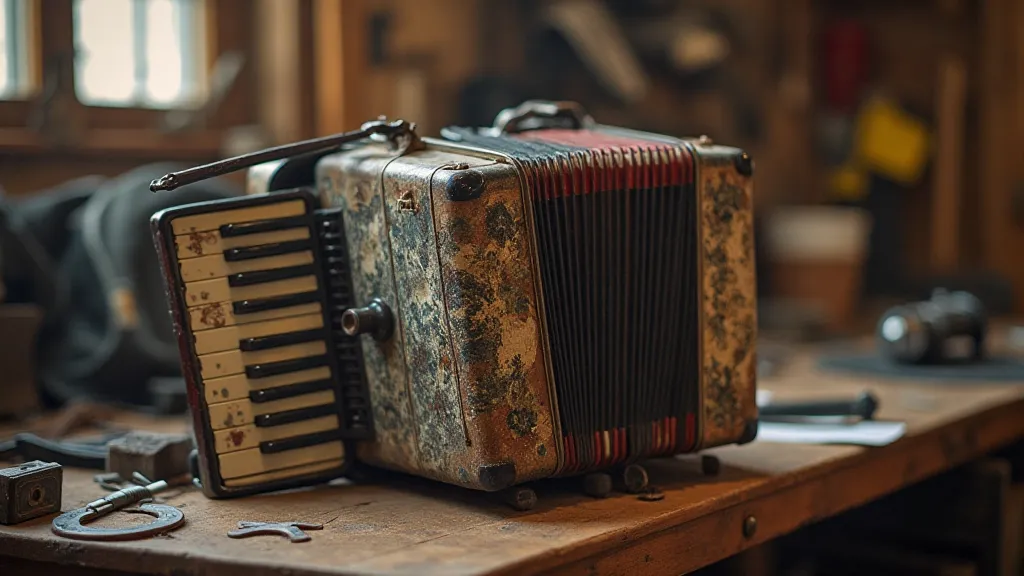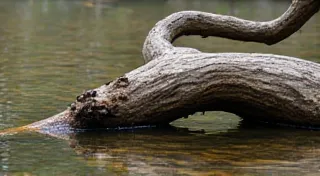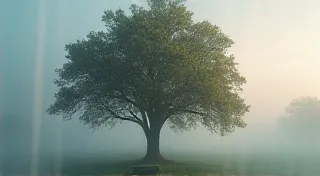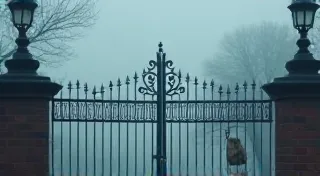The Ghost Orchids' Whisper: Cultivating Resilience in a Fragile Pursuit
There's a peculiar beauty in things that seem impossible to keep alive. A fragile echo of wildness held captive, thriving (or attempting to) in conditions far removed from their origin. For me, that beauty manifests in two distinct areas: antique accordions and the cultivation of Dendrophylax lindenii, more commonly known as the Ghost Orchid. They’re seemingly disparate passions, one a mechanical marvel of bellows and reeds, the other a botanical enigma. Yet, they share a common thread: a quiet insistence on survival against considerable odds, and a profound lesson in resilience.
My grandfather, a taciturn man of few words, left me his accordion. It was a Hohner, battered and dusty, with a few keys stubbornly refusing to sound. It wasn't just an instrument; it was a portal to a past filled with family gatherings, wartime solace, and a kind of stoic joy I’m only beginning to understand. Restoring it has been a meticulous process – cleaning grime-encrusted reeds, patching cracked bellows, patiently coaxing reluctant keys back to life. Each success, no matter how small, feels like a victory won against the relentless march of time. The craftsmanship is astounding. The precision of the metalwork, the careful alignment of the reeds, the sheer engineering involved in creating a musical instrument capable of such intricate sound – it’s humbling.
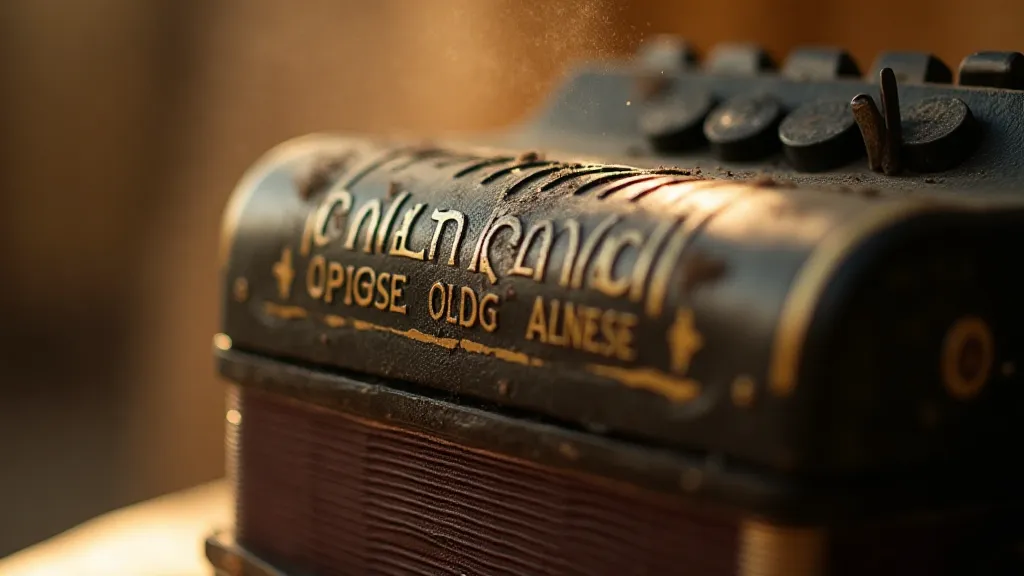
The Ghost Orchid, Dendrophylax lindenii, presents a similar, albeit far more demanding, challenge. Native to the humid, shaded forests of Florida, Cuba, and the Bahamas, it's an epiphyte – meaning it grows on other plants, primarily trees – and it lacks leaves. It’s a root-only orchid, drawing its sustenance directly from the air, rain, and the mosses clinging to its host. Its long, wiry roots, a network of intricate tendrils, are its sole means of survival. They’re also what make it so extraordinarily difficult to cultivate outside of its native habitat. The demands placed on such a plant – the specific environmental conditions, the intricate relationships it maintains – highlight the ingenuity of nature and the challenges facing those who seek to understand and replicate these systems. Considering the broader world of orchids, the effort involved in successful cultivation often leads to a deeper appreciation for the ingenuity of orchid adaptations for survival and the complexities inherent in their existence.
The story of the Ghost Orchid's near extinction and subsequent, fragile recovery is compelling. It gained notoriety in the early 2000s thanks to Jonathan Shaw, a Florida biologist who spent years meticulously tracking and photographing the orchid, ultimately revealing its existence to the wider world, his efforts intertwined with the threats of habitat destruction and illegal poaching, underscored the orchid's vulnerability. The experience instilled in many a deep appreciation for the delicate balance of ecosystems and the importance of conservation.
The Echo of Lost Habitats
The difficulty in cultivating Dendrophylax lindenii isn't just about replicating the correct temperature and humidity – though those are crucial. It’s about understanding the symbiotic relationships it maintains in the wild. It relies on a specific species of fungus for seed germination – mycorrhizae – a connection often lost when attempting cultivation. It needs exceptionally clean air, free from pollutants that can damage its fragile root system. It demands a host tree with the precise texture and moisture content to anchor its roots. Beyond the basic environmental controls, understanding the subtle cues and signals within the orchid’s natural habitat is paramount to any chance of successful cultivation. The overall process often requires keen observation and a patient approach, much like the care given to a meticulously restored antique instrument.
My own foray into Ghost Orchid cultivation began with a single, small root cutting, a gift from a fellow orchid enthusiast. It felt like accepting a sacred trust. I’m not a scientist; I’m simply someone drawn to the beauty of these improbable plants and the lessons they offer about perseverance. I'm learning as I go, experimenting with different mounting techniques, carefully monitoring the air quality, and constantly adjusting my approach based on observation. Failures have been plentiful, each a painful reminder of the orchid’s vulnerability. The cycles of trial and error are common in any pursuit requiring a deep understanding of intricate systems – whether it's coaxing a musical tone from aged bellows or coaxing a fragile root to find purchase in a new environment. The reward comes not just from the successes, but from the lessons learned from the inevitable setbacks.
There's a strange poetry in the fragility of the Ghost Orchid. Its translucent, almost ethereal flowers, appearing only briefly each year, are a fleeting reminder of the power and beauty that can emerge from adversity. They appear like whispers from a lost world, a testament to the enduring strength of life in the face of seemingly insurmountable odds. The fleeting nature of their bloom is a poignant reminder of the ephemeral beauty that can be found in the natural world, often requiring a deep understanding of the intricate environmental factors that govern their appearance – principles that can also guide the gardener's cadence in any endeavor requiring patience and careful observation.
Craftsmanship and Cultivation: Parallel Disciplines
The process of restoring my grandfather’s accordion and attempting to cultivate the Ghost Orchid share surprising parallels. Both require patience, meticulous attention to detail, and a willingness to learn from failure. With the accordion, a single damaged reed can throw the entire instrument out of tune. With the Ghost Orchid, a slight variation in humidity or light can spell the difference between survival and decline. The sensitivity to even minor deviations underscores the importance of a holistic approach – understanding not just the immediate needs, but also the underlying principles that govern the system's stability.
Both pursuits also demand a deep appreciation for craftsmanship. The accordion’s maker, long gone, poured their skill and dedication into creating an instrument capable of producing exquisite music. Similarly, the Ghost Orchid's survival depends on the intricate interplay of natural processes, a kind of botanical craftsmanship honed over millennia. To truly understand either, one must move beyond the superficial and delve into the underlying principles of their creation. The process highlights the interconnectedness of skill, dedication, and the natural world, showcasing how human artistry can mirror and complement the ingenuity of nature.
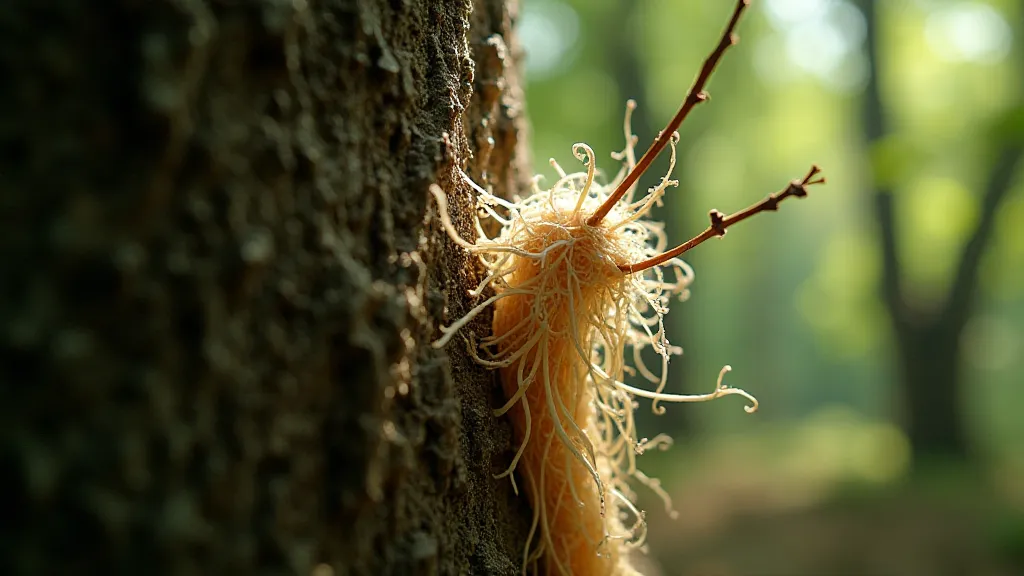
The restoration of the accordion isn't just about fixing a broken instrument; it's about preserving a piece of family history, connecting with a past that shaped who I am. The cultivation of the Ghost Orchid, similarly, isn’t just about growing a rare plant; it's about participating in a larger effort to protect a species facing extinction, a small contribution to a legacy of resilience. It's a commitment to ensuring that future generations can experience the beauty and wonder of these remarkable creations, both mechanical and botanical.
Finding Resonance
There’s a quiet satisfaction in seeing the accordion, once silent and neglected, now emitting a warm, resonant tone. There’s a flicker of hope with each new growth on the Ghost Orchid’s root system, a small victory against the odds. They're reminders that even in the face of adversity, beauty and life can persist. The journey is rarely straightforward, and requires a willingness to adapt and learn from each experience. The rewards, however, are far greater than the effort expended.
Cultivating rare orchids, especially species as demanding as Dendrophylax lindenii, isn't for the faint of heart. It demands commitment, perseverance, and a willingness to embrace failure as a learning opportunity. But the rewards – the quiet satisfaction of nurturing a fragile life, the connection to a larger ecosystem, the appreciation for the ingenuity of nature – are immeasurable. Like the whisper of the Ghost Orchid’s flowers, these experiences resonate with a profound sense of beauty and resilience, reminding us that even in the most fragile pursuits, strength and hope can be found. This mirrors a similar philosophy in the pursuit of restoring antique instruments, where the beauty lies not just in the final result, but in the journey of rediscovering a lost connection to the past and the artistry of a bygone era. The nuances of such processes contribute to a deeper understanding of the chromatic whispers that govern the natural world.
